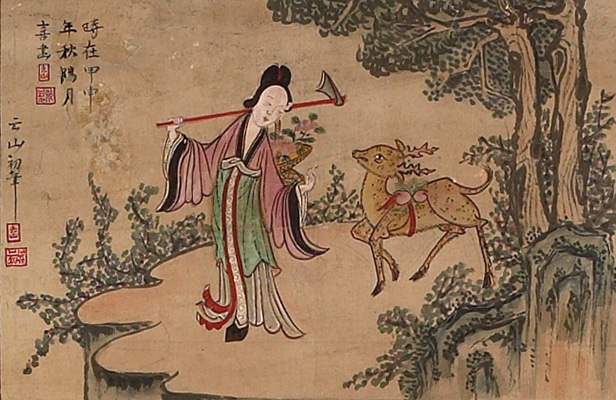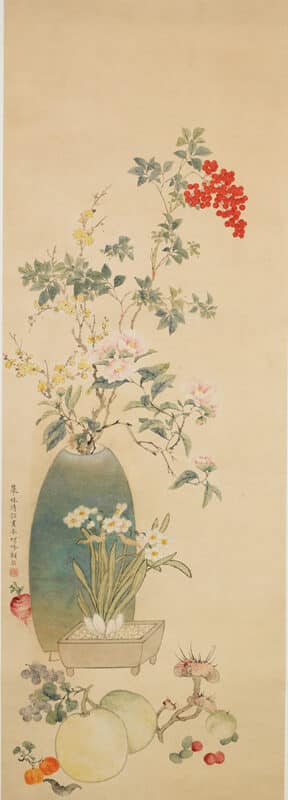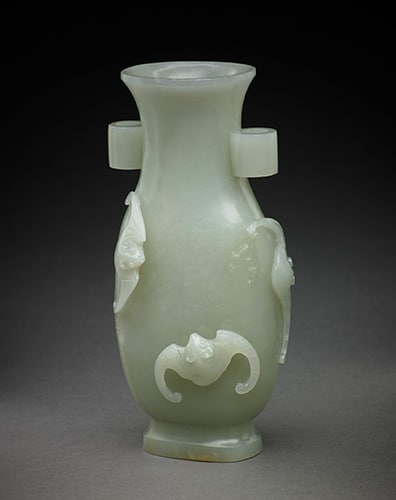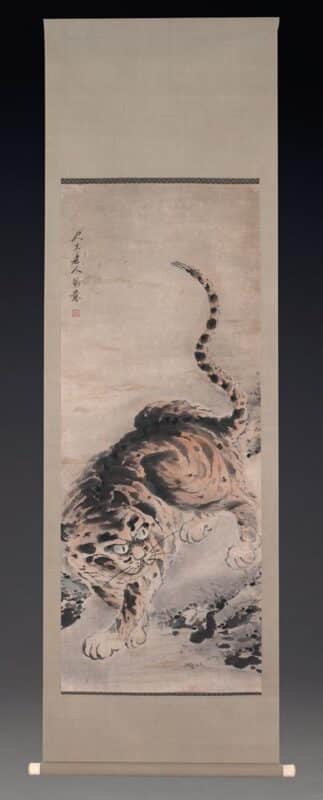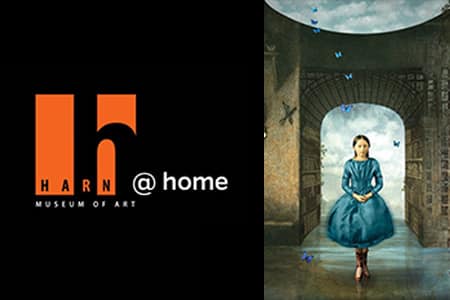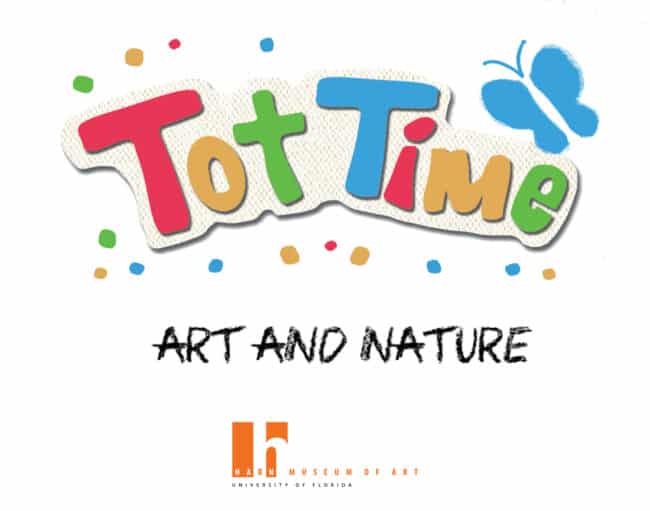As many of us have already packed up our holiday decorations, hundreds of millions of people in Asia are just getting into the festive mood for the upcoming Lunar New Year, the most important holiday in China, South Korea, Vietnam, and other countries with significant overseas Chinese populations such as Singapore and Malaysia, as well as the diasporas from these countries around the world. Encapsulating the holiday spirit of Thanksgiving, Christmas, and New Year, the Lunar New Year celebrations feature family reunions, home decorations, and expressions of hope for a prosperous year to come. Based on the lunisolar calendar matching the moon’s cycles instead of the sun, the holiday falls on a different day between late January and mid-February each year. This year, the Lunar New Year starts on February 1st.
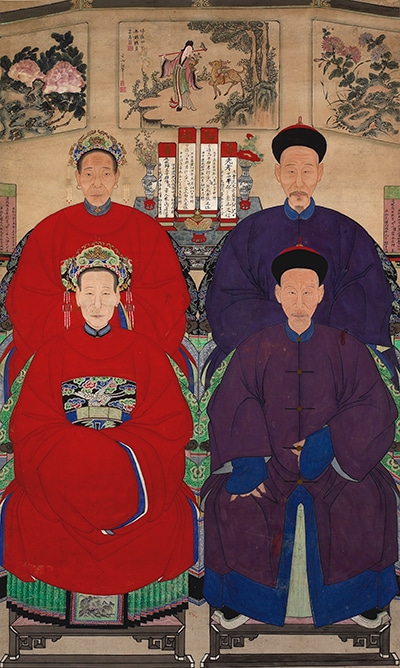
Reflecting the great diversity among Asian traditions and cultures, Lunar New Year’s celebrations take on different forms in different countries. Chinese Lunar New Year, commonly referred to as the Spring Festival, is a fifteen-day celebration filled with reunions among families and friends. A family reunion means the participation of both family members and ancestral spirits. In traditional China, offerings of flowers, fruits, and foods were made to the deceased forebears in front of ancestor portraits before the holiday dinner. This ancestor portrait shows four figures from two generations, the more distant ones at the top, sitting on round-back chairs with footrests and sumptuous brocades draped over the arms of the chairs. The figures have rigidly frontal and seated poses and nearly identical facial features and attire. The painter intentionally ignored the individualized depiction to confer a sense of permanency to these figures, who were deemed to have already been separated from the earthly world and achieved a quasi-godlike state.


